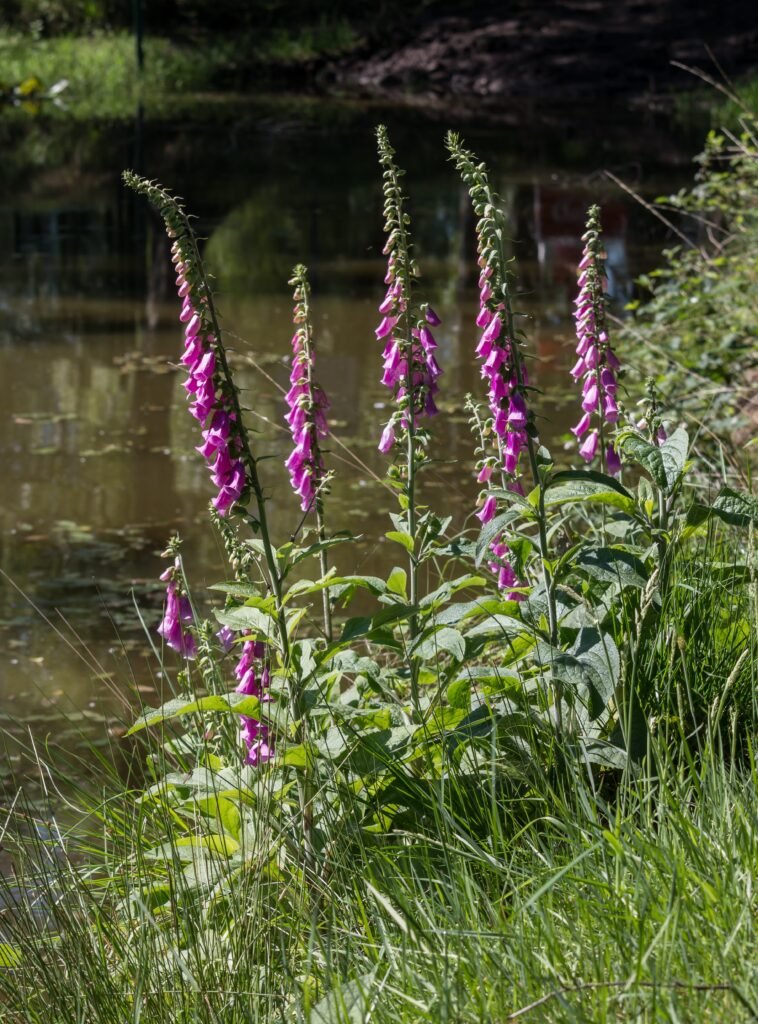Close your eyes and imagine stepping into a British garden where wildflowers sway with the breeze, bees buzz in dappled sunlight, and ancient hedgerows teem with hidden life. This isn’t a scene from a lost countryside; it’s a growing movement sweeping the nation. Across the UK, gardeners are trading manicured lawns and imported blooms for a wilder, richer tapestry—one deeply rooted in native heritage. The wilding revolution is more than just a trend; it’s an inspiring, heartfelt response to ecological crisis and a call to reconnect with the land’s original beauty. Why are so many people turning their backs on perfectly clipped box hedges and instead nurturing brambles, nettles, and native meadows? The answer lies in a passionate rediscovery of what it truly means to belong to the landscape.
The Roots of the Wilding Movement
The wilding movement in Britain didn’t appear overnight. It is the culmination of decades of concern for vanishing wildlife and the awakening realization that traditional gardening methods—pristine lawns, chemical pesticides, neat flowerbeds—often do more harm than good. British gardeners began to notice the silence: fewer butterflies, vanishing birdsong, and pollinators in decline. These changes sparked a longing for the lost abundance of native species, prompting a return to the garden’s wild roots. The wilding approach encourages gardeners to mimic natural ecosystems, supporting biodiversity instead of suppressing it. This shift is driven by both nostalgia for a wilder past and a forward-thinking vision for a sustainable future.
Why Native Plants Matter
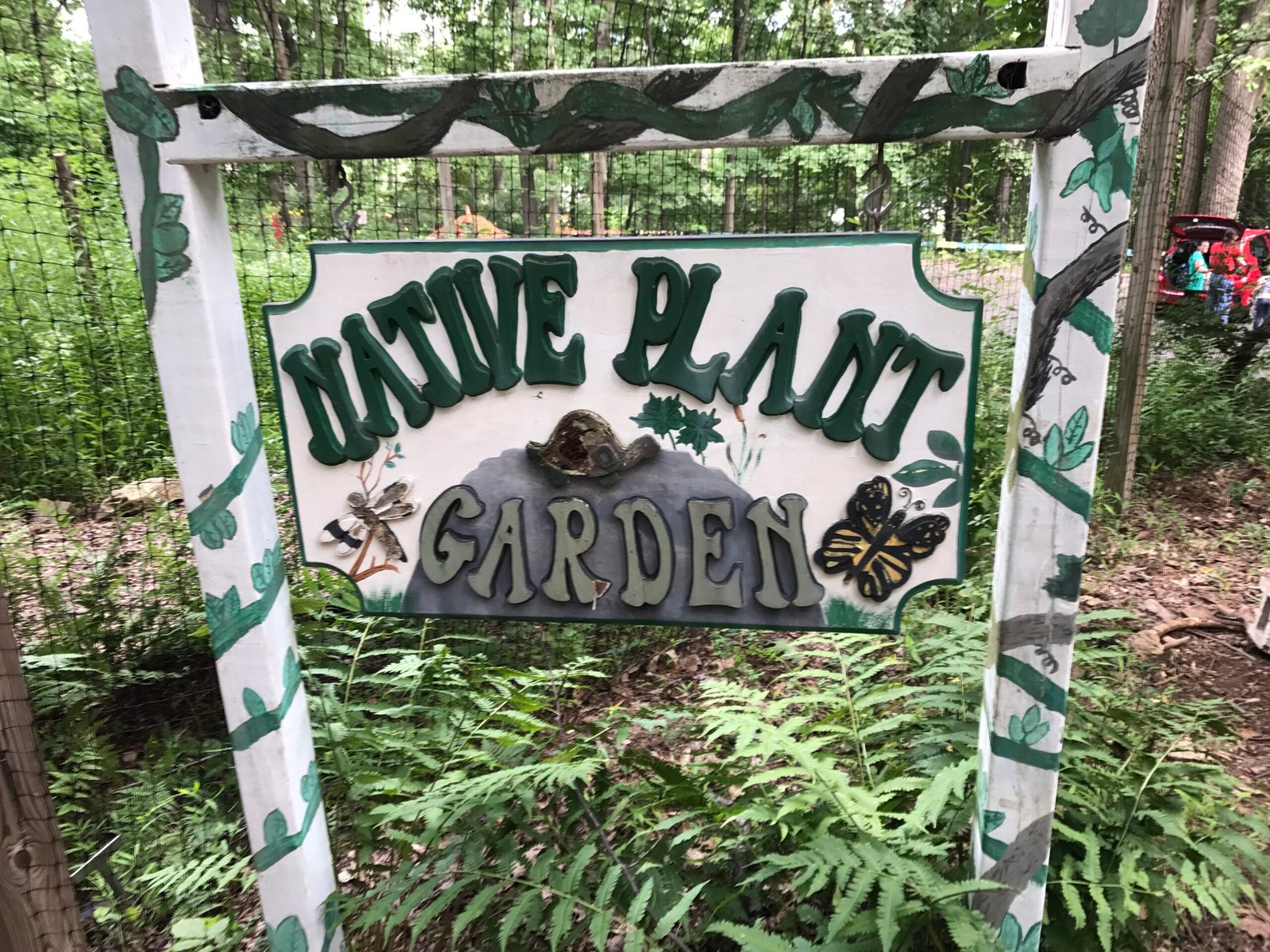
Native plants are the unsung heroes of British gardens. They have evolved over millennia alongside local wildlife, forming intricate relationships with insects, birds, and mammals. Unlike many exotic plants, native species provide the specific food and shelter local creatures need. For example, the humble nettle is a crucial nursery for butterflies like the peacock and small tortoiseshell. By planting native wildflowers, shrubs, and trees, gardeners offer lifelines to endangered species. Scientific studies have shown that gardens rich in native plants support far more insect and bird life than those filled with exotics. This simple change can have a dramatic effect, transforming a quiet patch of lawn into a vibrant wildlife refuge.
Letting Go of Perfection: Embracing Messiness
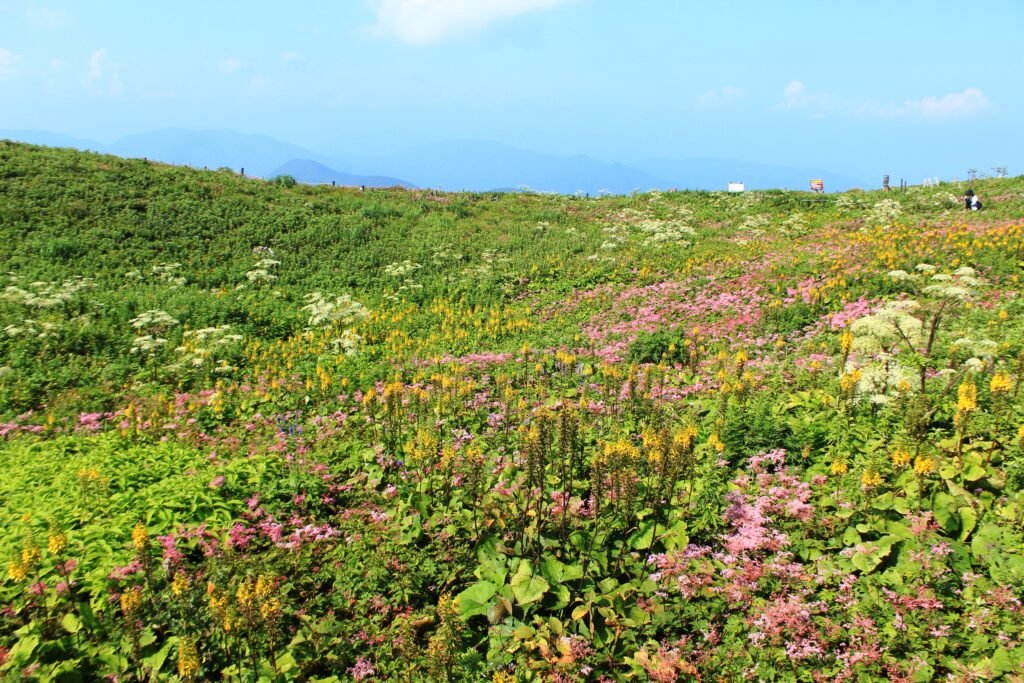
The wilding movement asks gardeners to loosen the reins and embrace a bit of chaos. Letting grass grow long, allowing dandelions to bloom, or leaving a pile of rotting wood might seem counterintuitive after years of striving for neatness. Yet, this “messiness” is precisely what invites life back in. Long grass shelters grasshoppers and voles, while dead wood provides homes for beetles and fungi. Daisies and buttercups sprouting among the lawn create a feast for pollinators. British gardeners are discovering the joy and surprise that comes from letting nature take the lead, and many report a newfound sense of wonder in watching their gardens transform.
The Return of Iconic British Wildlife
Perhaps the most heartwarming result of wilding is the return of beloved British wildlife. Hedgehogs, once a common garden visitor, have become a symbol of the movement. By creating gaps in fences, leaving leaf piles, and avoiding slug pellets, gardeners are helping hedgehog populations recover. Songbirds, butterflies, and even rare bees are making comebacks in gardens that welcome native plants and natural features. Each fluttering butterfly and hedgehog sighting becomes a small victory—a sign that hope is not lost for Britain’s wildlife.
Scientific Insights: The Power of Small Spaces
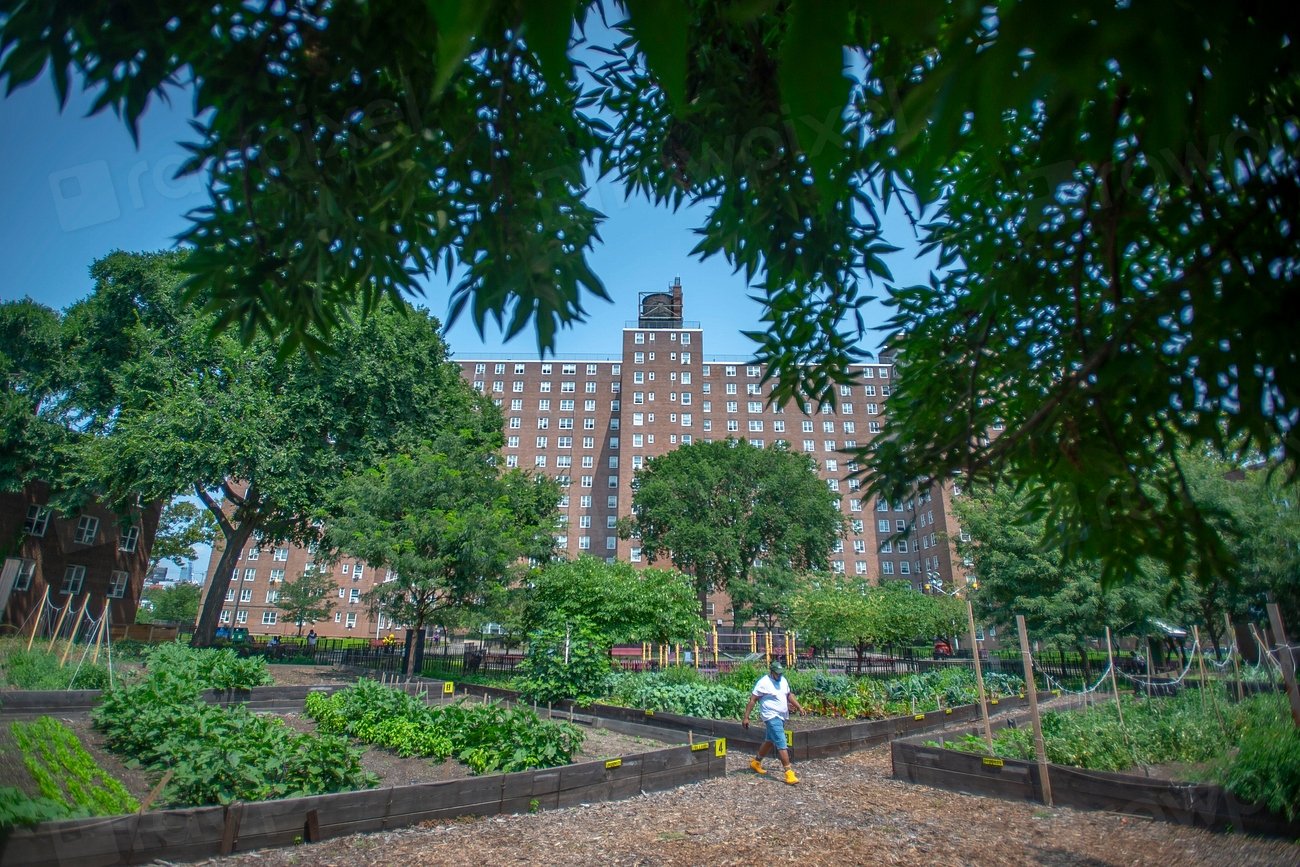
Research from British universities and conservation groups reveals a surprising truth: even tiny gardens can make a big difference. Scientists have found that urban and suburban gardens collectively form a vast network of habitats, helping to connect isolated populations of plants and animals. A single wild flowerbed or mini-pond might seem insignificant, but when multiplied across thousands of gardens, the impact is astonishing. This network effect has inspired gardeners to see their plots as vital pieces of a larger ecological puzzle, empowering everyday people to be part of the solution.
Gardening Without Chemicals
Wilding also means rethinking how we manage pests and weeds. The traditional reliance on chemical pesticides and herbicides has devastating consequences for beneficial insects, birds, and even soil health. Instead, wild gardeners turn to natural solutions. Companion planting, encouraging natural predators like ladybirds, and hand-weeding are all part of the new toolkit. Many are surprised to find that, as the garden’s ecosystem becomes more balanced, pest problems become less severe. This chemical-free approach brings peace of mind and healthier, more resilient gardens.
Wildflower Meadows: A Burst of Color and Life
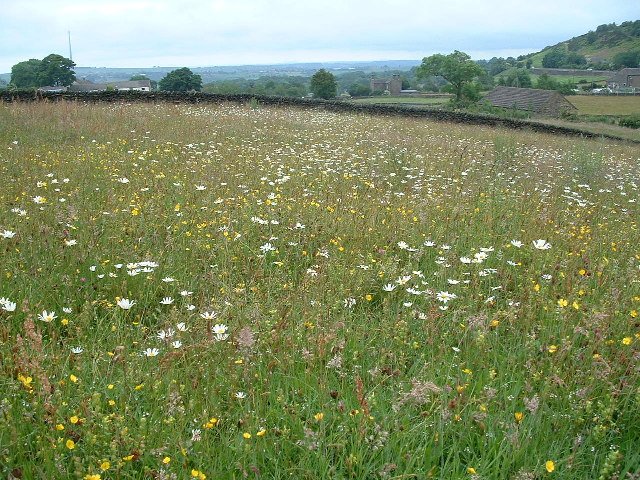
One of the most visually striking aspects of the wilding movement is the resurgence of wildflower meadows. These vibrant patches of native flowers—such as oxeye daisy, knapweed, and red clover—are being sown in gardens large and small. Not only do they create a breathtaking display, but they also provide nectar and pollen for bees and butterflies throughout the summer. Establishing a meadow is often as simple as removing turf, scattering seed, and letting nature take its course. The reward is a living, changing tapestry that captures the essence of the British countryside.
Rewilding Water: Ponds and Wetlands
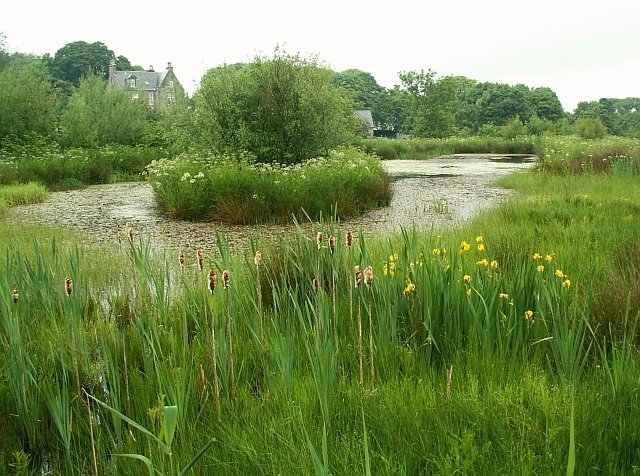
Water is the lifeblood of any wild garden. Adding a pond, however small, can transform a space into a haven for frogs, newts, dragonflies, and birds. Many British gardeners are digging shallow pools or reviving old ponds, planting native aquatic plants like water forget-me-not and yellow flag iris. These watery oases quickly teem with life, becoming gathering spots for wildlife in even the most urban settings. Some gardeners also experiment with seasonal wet areas or rain gardens, capturing runoff and creating micro-habitats for moisture-loving species.
Hedgerows and Living Boundaries
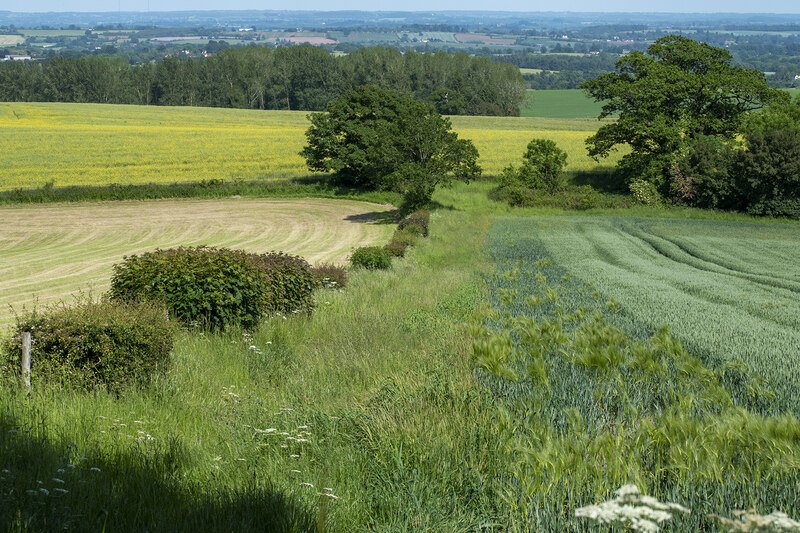
Traditional British hedgerows are rich with history and life, serving as green corridors for countless animals. Wilding the garden often means replacing sterile fences with native hedges of hawthorn, blackthorn, and hazel. These living boundaries offer shelter, food, and nesting sites for birds and small mammals. As hedges grow, they stitch gardens together, creating a patchwork of connected habitats across neighborhoods. Restoring hedgerows is a powerful act of conservation and a nod to Britain’s rural heritage.
Community Gardens and Shared Wild Spaces
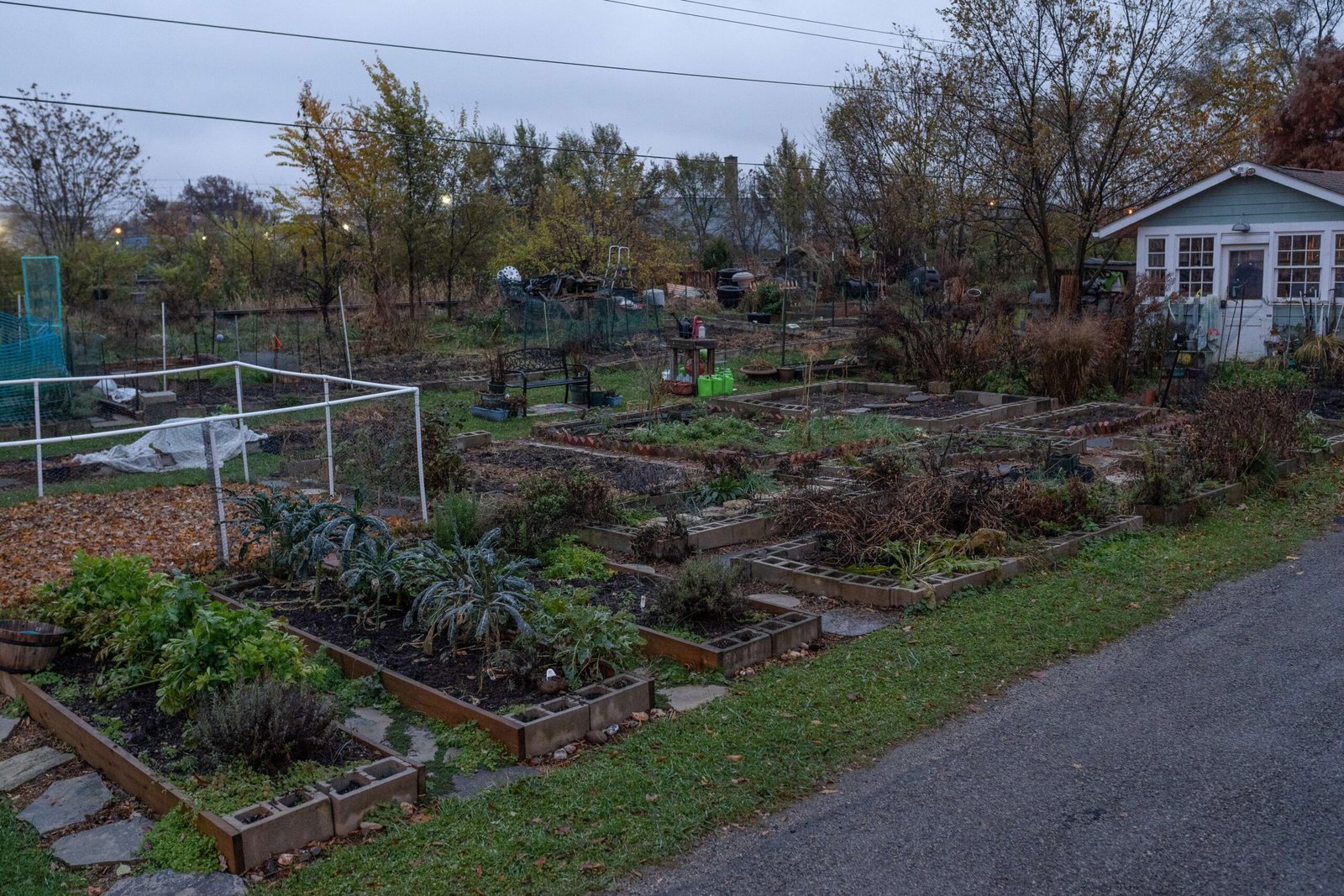
The wilding movement isn’t confined to private backyards; it’s blossoming in community spaces too. Allotments, school grounds, and public parks are being transformed by local groups passionate about native plants and wildlife. People come together to sow wildflower seeds, build bug hotels, and create wild corners where nature is allowed to thrive. These shared efforts foster a sense of belonging and purpose, turning wild gardening into a social and environmental movement that brings people closer to each other—and the land.
Children and the Next Generation of Wild Gardeners
There is something magical in watching a child discover a ladybird or chase after a butterfly in a wild garden. Wilding offers children hands-on experiences with nature, nurturing curiosity, creativity, and respect for the environment. Schools across Britain are embracing wild gardening, creating outdoor classrooms where students learn about pollinators, food webs, and plant life cycles. Families who wild their gardens often find that children develop a lifelong connection to nature, carrying these values into adulthood.
Facing Challenges and Misconceptions
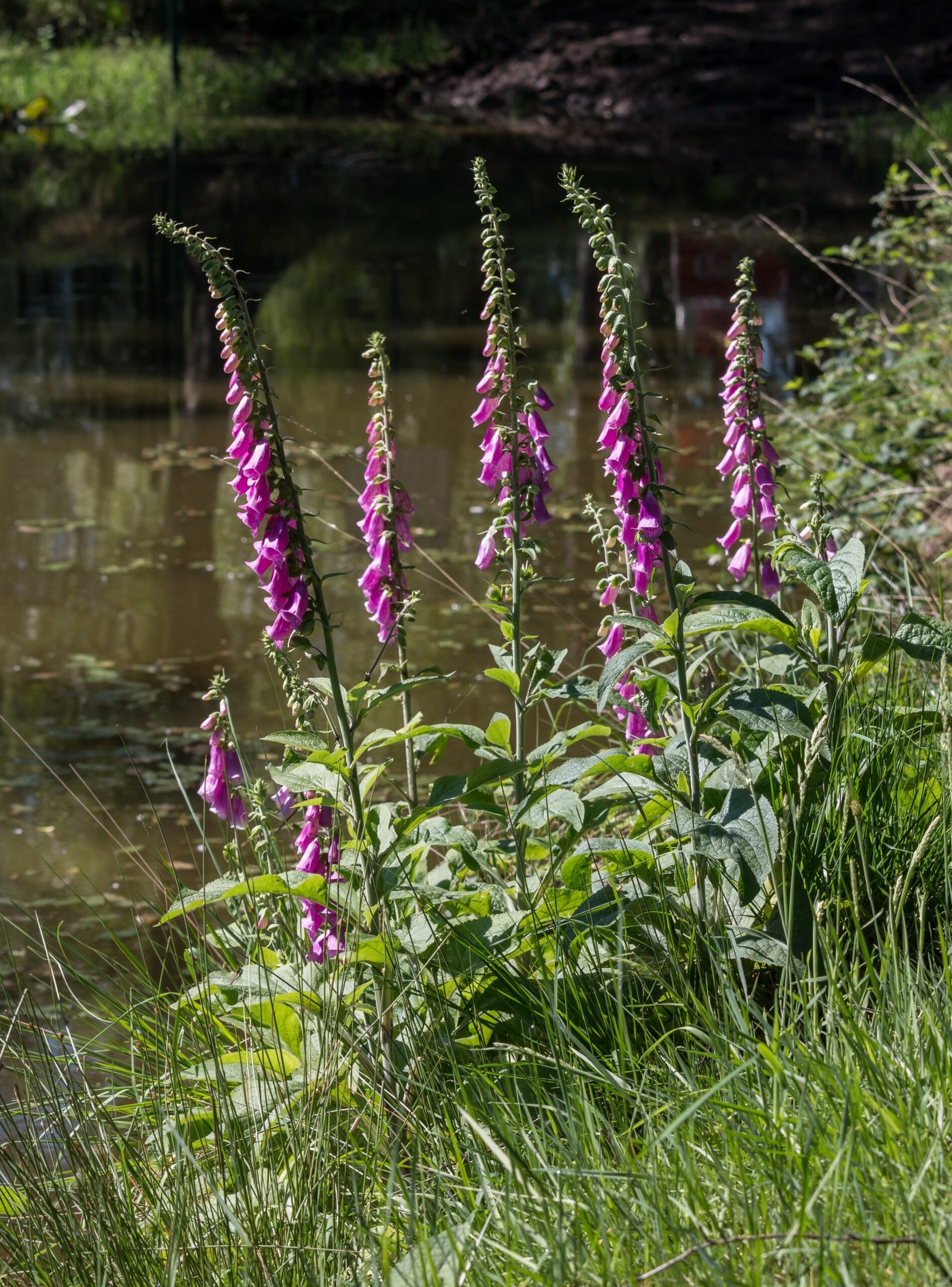
Despite its rewards, wilding is not without its challenges. Some neighbors may worry that untidy gardens attract pests or lower property values. Others might view wild gardens as a sign of neglect rather than care. Gardeners must navigate local regulations, cultural expectations, and occasional criticism. Yet, many find that open conversation and sharing the positive outcomes—like more birds and butterflies—help to change minds. The wilding movement thrives on passion, patience, and persistence.
The Emotional Rewards of Wilding

For many, wilding the garden becomes a deeply personal journey. There is joy in seeing a once-empty patch bloom with life, comfort in knowing you are helping threatened species, and pride in creating something beautiful and meaningful. Gardeners often describe a sense of peace and wonder as they reconnect with the rhythms of the natural world. Wilding is not just about plants or animals; it’s about healing a relationship with the land and rediscovering a sense of belonging.
Wilding the garden is more than a passing fad—it’s a hopeful, heartfelt movement rooted in science and love for the land. Every patch of nettles, every cluster of wildflowers, and every visiting hedgehog is a testament to the power of returning to native roots. What could your own garden become if you let a little wildness in?

